T4K3.news
Drone production shift linked to Tehran rift
Russia expands Shahed drone production at Alabuga, signaling control over the final product and a growing gap with Iran.

A CNN report shows Russia moving Shahed drones to full local production at Alabuga, signaling a shift in the drone supply chain and a growing rift with Tehran.
Russia consolidates Shahed drone production pushing Iran aside
Russia’s Alabuga plant in Tatarstan is now key to making the Shahed-136 drones domestically, a shift that turns a previously imported weapon into a homegrown capability. CEO Timur Shagivaleev calls Alabuga a complete facility where aluminum, engines, microelectronics and fuselages are produced locally. Satellite images show continued expansion, including new production spaces and dormitories to support higher output. Analysts say about 90 percent of production stages now occur at Alabuga or other Russian facilities, with monthly output above 5,500 units, ahead of the 6,000-drone target in the original deal.
The shift matters beyond Russia’s borders. Western intelligence officials say the change could allow Moscow to export an updated Shahed back to Iran while reducing Tehran’s control over the final product. Iran has reportedly faced delays in payments and sanctions that complicate technology transfers, prompting frustration from Iranian partners. Russia’s broader aim appears to be mastering the full production cycle and reducing future dependence on Tehran, a move that could reshape the drone landscape and regional power dynamics. The episode also highlights the delicate balance between cooperation and leverage in Moscow’s relationships with its allies, as seen in the limited public Russian response to Israeli actions tied to Iran’s weapons program.
Key Takeaways
"This is a complete facility"
CEO Timur Shagivaleev on Alabuga's capabilities
"Iran has provided Russia with drones and technology and the factory, and it has not been for free"
Ali Akbar Dareini on the nature of the partnership
"I think it’s very dangerous"
David Albright on the risks of the shift
"to fully master the production cycle and free itself from future negotiations with Tehran"
Western intelligence official on Moscow’s aims
This development reads like a map of a shifting defense economy. Localizing drone production shows Russia’s willingness to internalize key links in the supply chain, increasing resilience against sanctions and external pressure. It also signals a move to redefine who profits from a weapon that has become central to Moscow’s Ukraine strategy. The implied pressure on Iran is real: if Russia can control the final product, Tehran loses leverage over a drone that once depended on its design and components. Yet the change heightens geopolitical risk, inviting pushback from Western allies and potential recalibration of Iran’s own strategy in the Middle East and beyond. The situation will test whether reliability and cost savings translate into broader strategic gains or create new frictions with international partners.
Highlights
- This is a complete facility
- Iran has provided Russia with drones and technology and the factory, and it has not been for free
- I think it’s very dangerous
- to fully master the production cycle and free itself from future negotiations with Tehran
Geopolitical and budget risk from drone localization
The shift to in-house Shahed production raises political and financial sensitivities. It could trigger backlash from Tehran, complicate sanctions regimes, and affect investor confidence as the defense sector adjusts to a new, domestically centered supply chain.
The drone supply chain has become a new arena for leverage and risk.
Enjoyed this? Let your friends know!
Related News
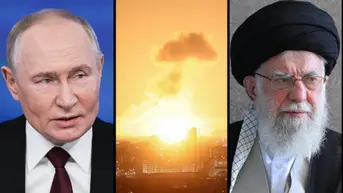
Drone production shifts
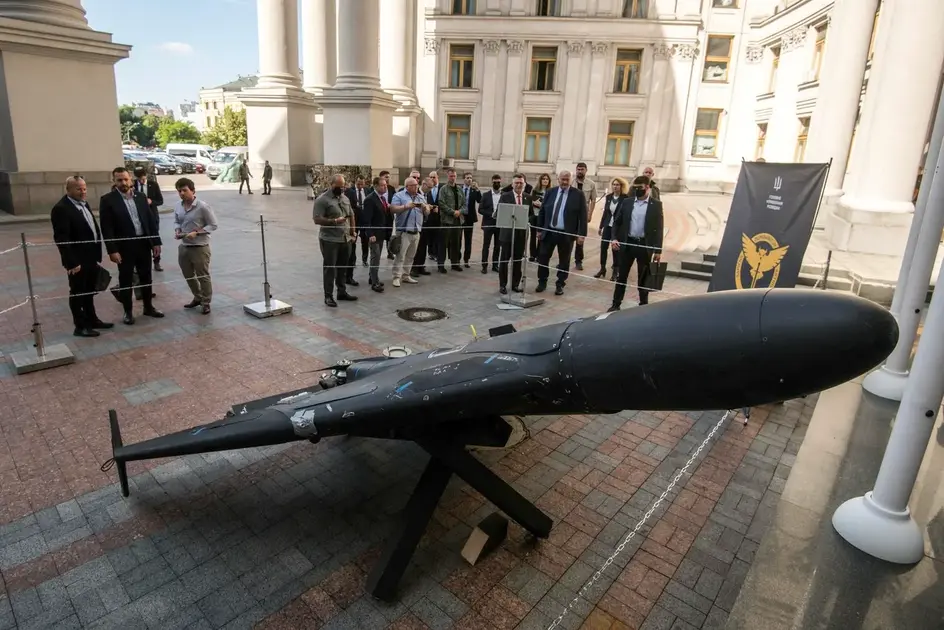
Iran Feels Shortchanged in Moscow Drone Pact
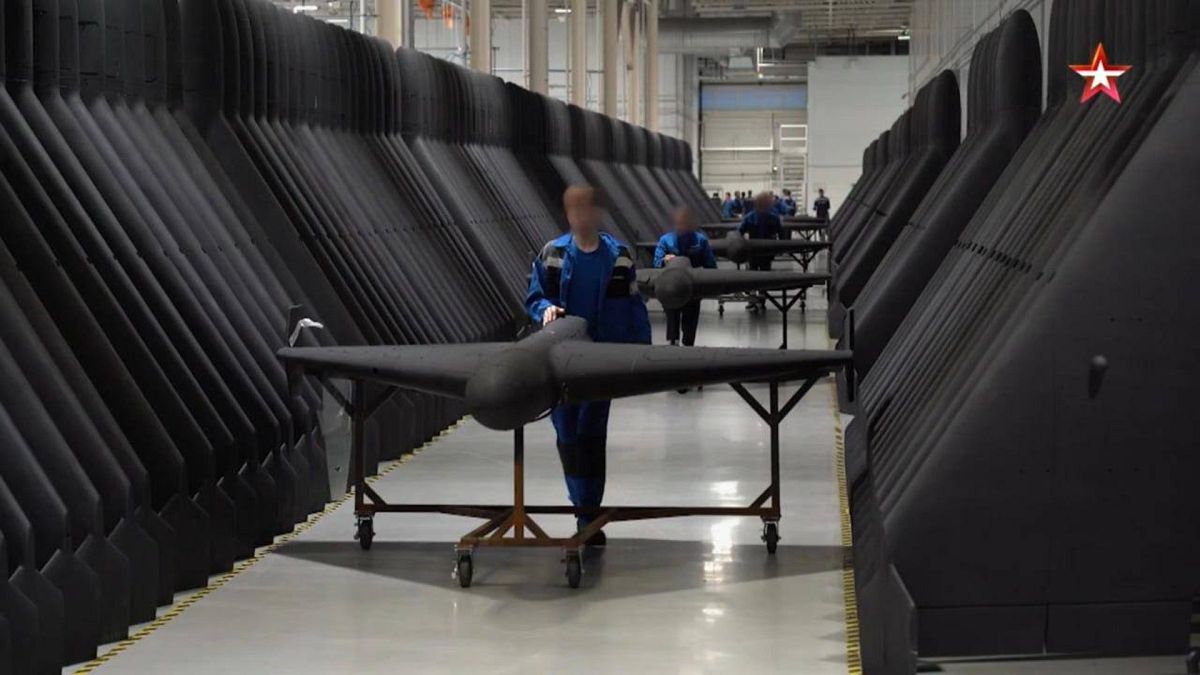
Russia boosts drone production using teenagers
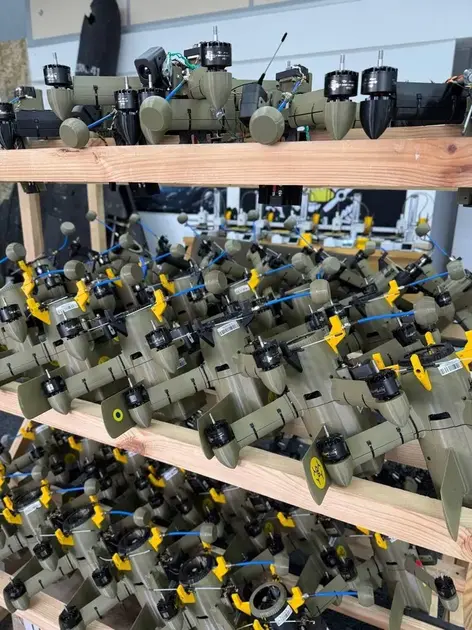
Ukraine to Produce Tens Of Thousands of Interceptor Drones
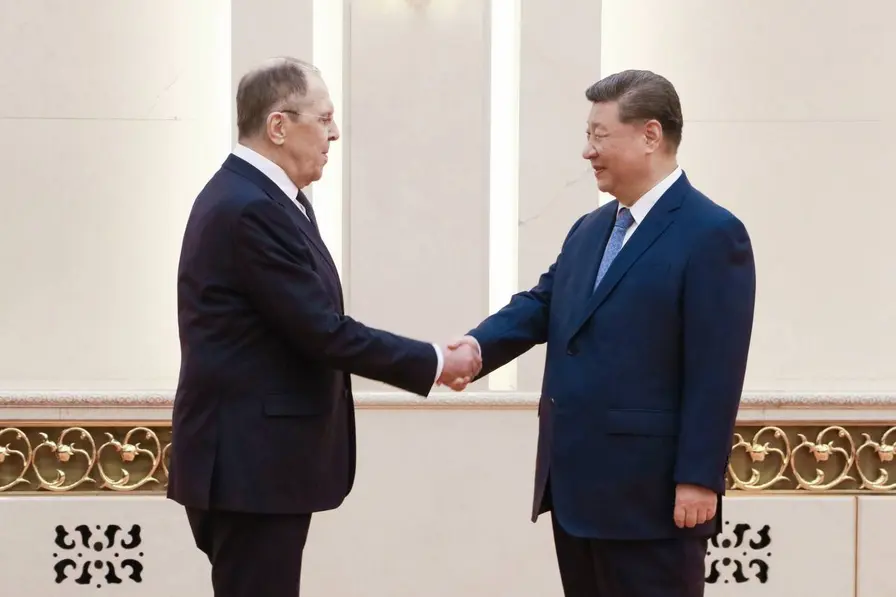
China pledges deeper support for Russia
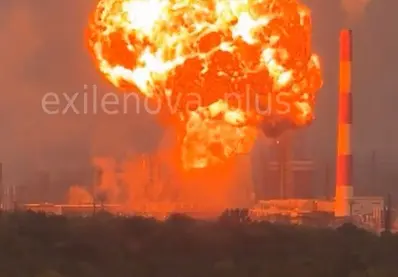
Major Drone Attack Hits Multiple Russian Regions
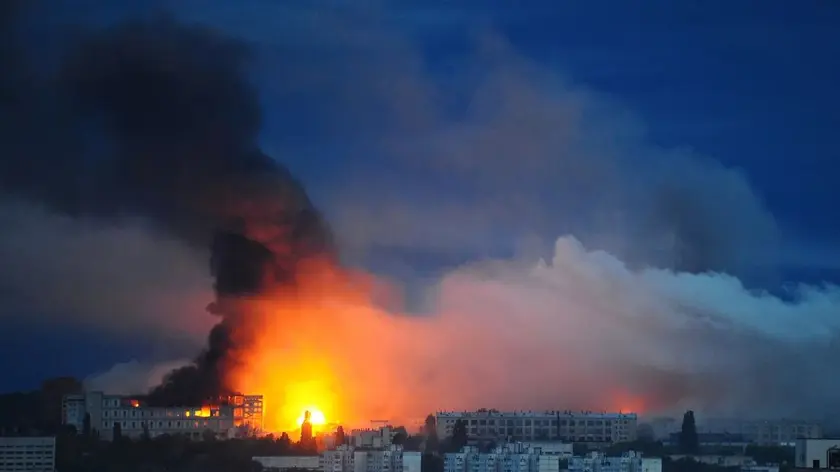
Ukraine claims strikes on Russian military targets
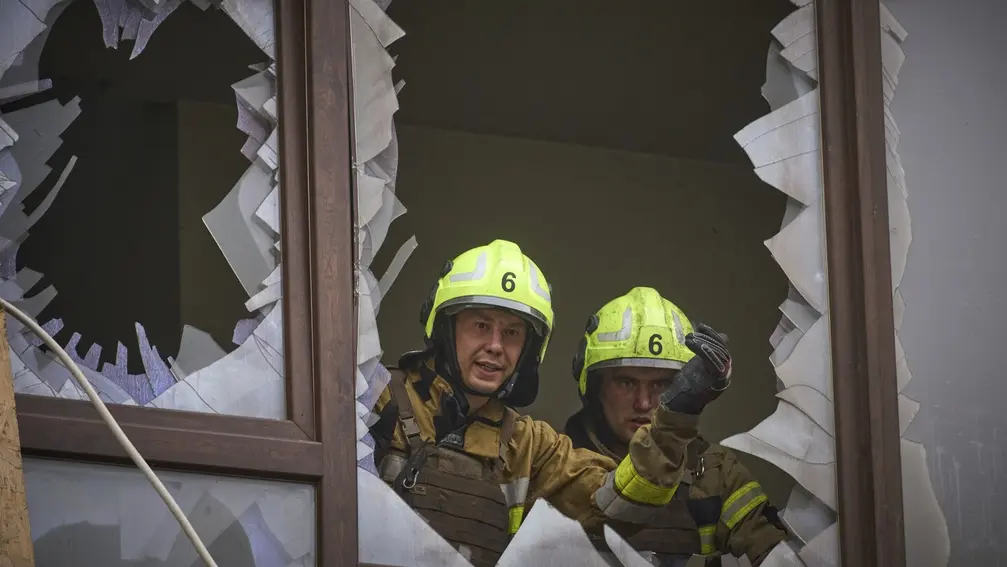
NATO meeting set amid Russian attacks in Ukraine
